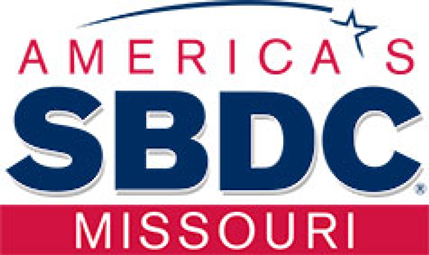Just as the reference to the 1890s editorial in The (New York) Sun indicates, there is funding in the capital world for many businesses if they cannot get it from traditional local or institutional banks.
A business should always try to go local first, seeking funding either from community banks or the larger regional/institutional banks. But not all businesses can fit the criteria of local banks, and if they are turned down, they must go elsewhere. Entrepreneurs often ask just where "elsewhere" is when they come to see University of Missouri Extension business development counselors.
After learning about the business, its past financial performance and where the owner wants to go with the new funding, the matching up process for the business against several new opportunities in the lending market can get started.
One set of new lenders is the nonprofit sector. While nonprofits have always been around, they are increasingly starting to lend money to qualified business owners or startups. The lendee must meet criteria set by the nonprofit, but, if those are met, the terms are usually more flexible than a traditional bank loan. In most cases, the lendee must show refusal letters from banks as proof of need.
Another set is the online environment. Companies like OnDeck, Lending Club, Street Shares, Source 1 Capital and many others are now competing for local loans as many banking communities continue to have tight lending requirements. Here the entrepreneur goes to the website and completes the profile, and the people behind the scenes go to work on matching the request up to potential lenders. These lenders may be national banks outside of the local market area, financial investors, venture capital firms or other people or organizations willing to lend money to the entrepreneurial marketplace.
A second part of the online lending world involves peer-to-peer networks. Here the entrepreneur tells the business’s story, the need for capital and the planned uses for it. As people read the application, they decide whether or not to invest in the opportunity. Examples of this type of lender are Kabbage, Kiva, Prosper and Zopa.
Another funding method gaining popularity amongst early retirees is that of using their tax-deferred retirement savings to start a business. This method is complicated due to tax liability and the many maneuvers undertaken to avoid tax penalties for early withdrawal. Guidant iFinance is an example of a service that provides this type of financing.
A growing number of people are looking to credit cards for funding. The National Small Business Association reported that about 33% percent of small businesses have used credit card financing in the last 12 months to help meet capital needs. Overusing this method can lead to cash flow chokes later on in the life of the business, so entrepreneurs really need to plan out their usage of this option.
One final funding method relies on membership stores — like Sam’s Club or Costco — that lend to their membership businesses as a way to help grow market share and retain customers. It is important to understand that only businesses can apply for these loans, not consumers. These loans are traditionally under $25,000, and membership is required for application. Not all club stores participate in this program, so the entrepreneur will need to ask rather than assuming the store is a participant.
Your local extension small business technology and development center is glad to help you sort out your business’s financial needs and match up sources of capital that will increase cash flow and create a healthier business.
Your area Missouri SBDC can help answer questions, offers training and one-on-one appointments; reach out to a location near you.
The Missouri SBDC is funded in part through a Cooperative Agreement with the U.S. Small Business Administration. All opinions, conclusions, and/or recommendations expressed herein are those of the author(s) and do not necessarily reflect the views of the SBA.
